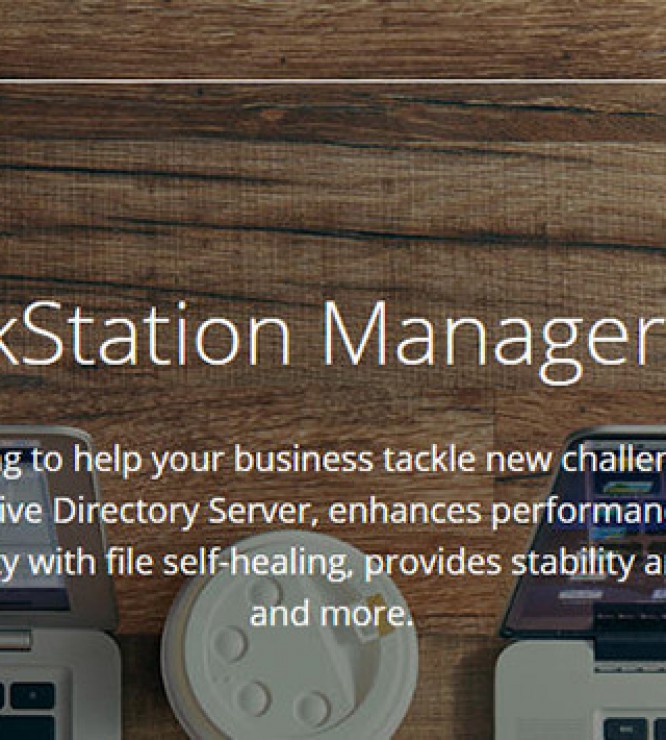

As shown in the below image, dependent devices were also checked for passthrough. The device was listed in the list of available devices and I enabled the 02:00.0 device. Click on the “Configure Passthrough” link to add your USB controller to the list of enabled devices.įor this article, I was using an Asus P5E-VM DO motherboard and a ByteCC PCI-E USB controller (part # BT-PEU2410). After a default install, no devices will be enabled for passthrough. Select the Hardware \ Advanced Settings screen on the Configuration tab. Once you have enabled Intel Directed I/O or AMD IOMMU in the BIOS of the host, you’ll want to start your ESXi host and connect to it with the vSphere client. – a VM can only have two PCI devices assigned to it Thus you can’t share a USB controller with multiple VMs at the same time – a PCI device can only be allocated to a single VM at a time. – Intel Directed I/O or AMD IOMMU should be enabled in the BIOS of the host On the AMD side, the server should support AMD I/O Virtualization Technology (AMD IOMMU). Intel chipsets that support Intel Directed I/O include Intel Xeon 5500 systems, Intel Xeon 5400 systems and motherboards that are vPro certified. – the host chipset must support the option. VMDirectPath does have a number of requirements Note: ESXi 4.1 now supports pass-through of USB devices. With ESXi 4.0 it is also now possible to use VMDirectPath to pass through the USB controller (and thus any connected USB devices) into a VM. The typical solution is to use a USB over IP device to connect the USB device to a VM. While the release of ESX/ESXi 4.0 did provide the ability to add a USB controller to a VM, it is not possible to add a locally attached USB device to a VM. A very commonly sought after option for ESX and ESXi is the ability to pass through a locally attached USB device into a VM.


 0 kommentar(er)
0 kommentar(er)
